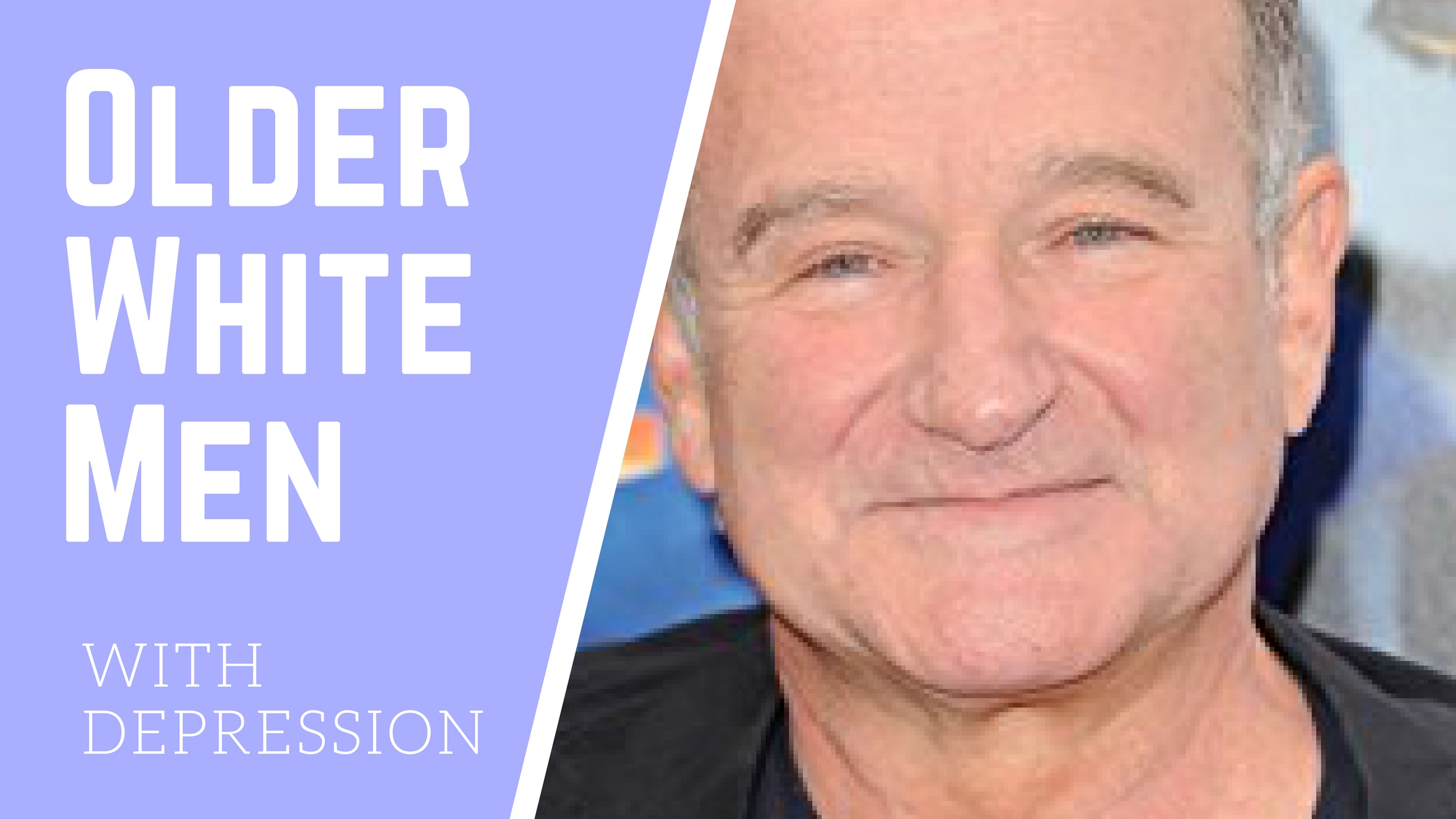End VA Doctor Shortage Imitate Medicare
To End VA Doctor Shortage, Medicare Funding Needs Boost
As the nation grapples with the imbroglio at the Department of Veteran Affairs and a doctor shortage cited in months-long delays at VA Hospitals, policymakers are focusing on ways to boost the nation’s physician supply.
The fix may lie with the Medicare health insurance program for the elderly, which currently holds the purse strings. And that will begin to be addressed this week and next when the American Medical Association – the nation’s largest doctor group – convenes at its annual meeting later this week.
A major problem is Medicare given the bulk of funding for graduate medical education, known as GME, specifically pays for residencies at the nation’s teaching hospitals, and it hasn’t risen in nearly two decades to allow more training slots. The AMA will discuss a report its members ordered up on physician workforce issues and “GME financing” at its annual policy-making House of Delegates meeting, which begins next weekend in Chicago.
According to the Association of American Medical Colleges, which includes more of the nation’s academic medical centers who train tomorrow’s physicians, there will be a shortage of more than 90,000 doctors by 2020.
While more medical schools are opening and students are flocking to these graduate programs, there may not be enough residency slots to train these students once they graduate.
The Balanced Budget Act of 1997 capped the number of available slots for residents coming out of medical school as part of the law’s reduction in spending on Medicare, which largely funds residency programs.
But Congressional gridlock is keeping the funding of doctor training programs off of any front burners in Washington. That, however, may change.
The AMA expects a full-throated debate at its meeting Saturday through June 11. If the AMA develops a resolution or policy stance, it becomes part of its lobbying agenda in Washington.
AMA leaders have said the physician shortage could become even more dire and have greater economic impacts. The AMA in the past has said medical residents and fellows contribute $8 billion in charity care to the U.S. health care system given their low wages and work they do as part of their training that isn’t fully covered by insurance or when they treat the poor.
“A report on the physician workforce shortage and GME financing examines the need for more physicians to meet the nation’s growing health care needs,” the AMA said in a statement announcing the coming report as part of its annual meeting agenda. “Part of the equation is a lack of growth in GME positions funded by Medicare, which were capped at 1996 levels by the Balanced Budget Act of 1997. In addition to nationwide efforts like the AMA’s Save GME campaign and recent congressional action to address the problem, the report provides a synopsis of what 17 states are doing to increase their physician workforce or influence the specialty and location choices of physicians.”
Click here to view original web page at www.forbes.com
Category: Anniversary



































